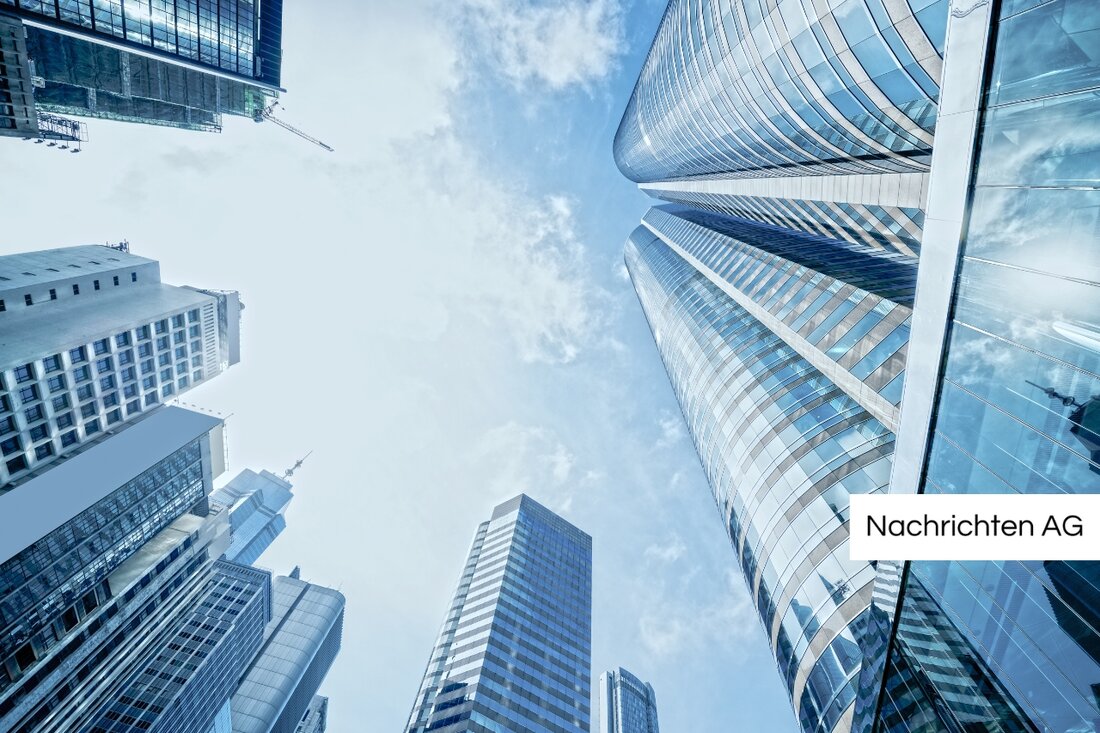Future of the Karstadt buildings: opportunities and challenges in Berlin!
Neukölln transforms former Karstadt buildings into modern uses. Find out more about new projects and challenges.

Future of the Karstadt buildings: opportunities and challenges in Berlin!
in Berlin, former Karstadt buildings face major challenges and at the same time offer different perspectives for new use. As , the city deals with the subsequent use of these large-scale real estate, which previously served as central anchor points of urban life. The renovation of some objects has already started, while others are facing a standstill due to economic uncertainties, political disagreement and a lack of investors.
The former Karstadt building on Karl-Marx-Straße in Neukölln was successfully converted into "Kalle Neukölln". With an investment of around 200 million euros, a new complex was created that not only offers retail such as an EDEKA market, but also gastronomy in the form of the "Kalle Halle", office space and a public roof garden. In the Tempelhof district, the Karstadt building on Damm is modernized; The opening of a Lidl branch on the ground floor is planned here, while further uses are possible in the long term on the upper floors.
diverse uses and challenges
Another former Karstadt building is located in Charlottenburg, where there has been vacancy for over a year. The planned conversion provides for retail space, offices and around 40 apartments, including sustainable measures such as green roofs and photovoltaic systems. However, there are debates about the actual need for office space because the market is currently weakening.
In Kreuzberg, the Karstadt building on Hermannplatz faces an uncertain future after failed conversion plans and the owner's bankruptcy tightened the situation. Lidl runs a branch in the basement, but many areas remain unused. The district council calls for alternative, common good -oriented usage approaches and would like to regain planning sovereignty. In Wedding, the former Karstadt building on Leopoldplatz has been reactivated for intermediate use since 2025, with Lidl using the ground floor. However, future conversion plans have been put on hold due to increased construction costs and interest, while a feasibility study should clarify further use.
The situation is not unusual, since a current study by BBE trade advice and the IPH group shows that after the closure of department stores, an average of four to five years passes until a reopening takes place after conversion. This was particularly relevant due to the current third bankruptcy of Galeria, such as Textilwirtschaft.de emphasized
important approaches for revitalization
The reuse of empty space is crucial for the revitalization of urban areas. The city center and the town center play a central role in the quality of life, attractiveness and economy. Venue increases through the increase in online retail, which brings with it both challenges and opportunities. The example of stadtmarketing.eu shows that innovative concepts and creative approaches to revitalize urban rooms are necessary to promote the needs of the residents and the identity of the cities. In different cities there are already initiatives that encourage the owners to report empty areas to open up new uses.
The focus on the renovation and conversion of existing real estate also requires financial support from government agencies. 13.25 million euros are currently available to promote the "reactivation of vacancy". The discussion about possible vacancy taxes could also help to integrate unused business premises and commercial properties into the market promptly. From these aspects, the future of the former Karstadt buildings in Berlin remains both challenging and full of possibilities for a new use.

 Suche
Suche
 Mein Konto
Mein Konto
